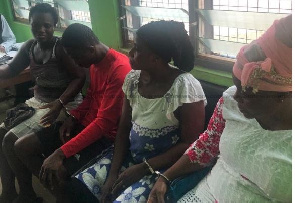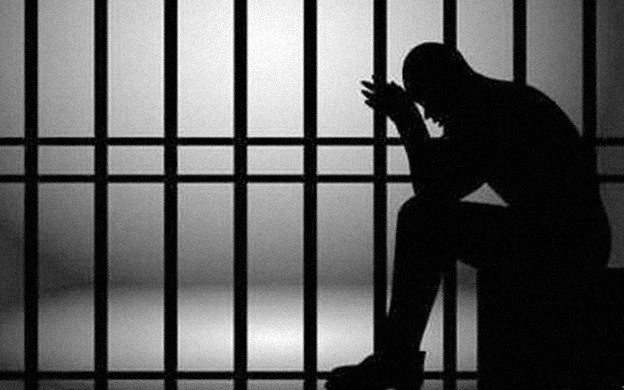Man’s life on hold after discovering he is married to his mom

Four years ago Sandile Mkhize found out he was married to his mother, and his life has been on hold ever since.
The 38-year-old from Adams Mission, near Durban, was gearing up to get married when the Department of Home Affairs told him he couldn’t because he was already legally married to his mother, Zandile Mkhize, Isolezwe reported.
Yet his mother is married to his father, Siphiwo Mkhize.
Sandile had to postpone his own wedding because of the error. Tragically, the woman Sandile was engaged to died in August last year before they could marry and the mix-up hadn’t been resolved yet.
The provincial home affairs manager, Cyril Mncwabe, told DRUM they had the Mkhize family’s documents and hoped to find a solution to the issue soon.
“This situation is very uncommon. I am following up on the issue and with the help of the department, we will get to the bottom of this and see that the man is assisted.”
Sandile’s parents got married on November 11, 1994. At that time, Sandile was just 14 years old and too young to legally get married. Yet, according to home affairs’ records, he married his mother on November 12, 1994.
“There are two marriage certificates. It is my parents’ marriage certificate and the one where I’m supposedly married to my mother,” Sandile told Isolezwe.
“This whole thing has really taken its toll on my life,” Sandile added, saying his inability to marry the woman he loved was only one of the issues the mix-up has caused.
Source: www.news24.com





